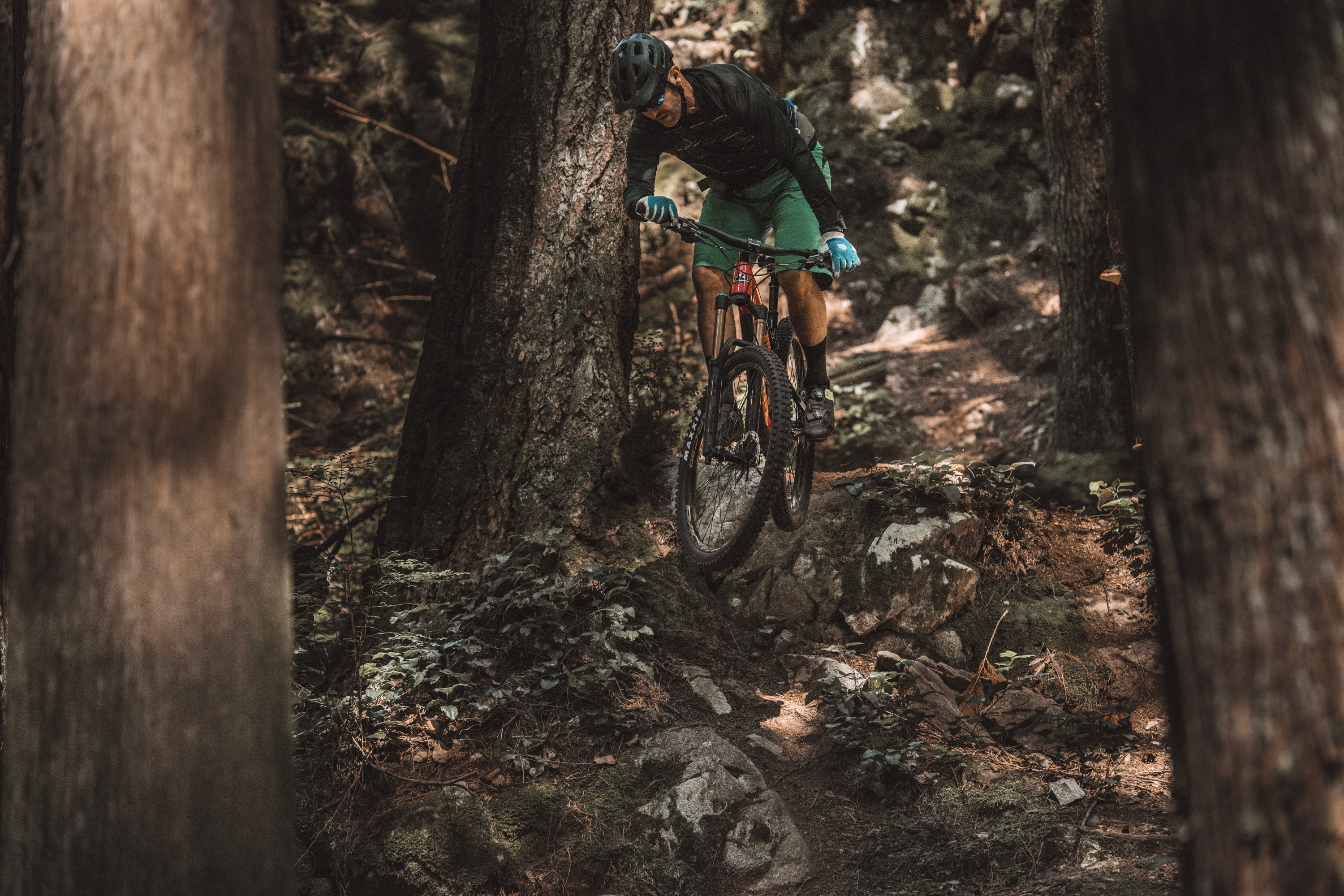First Impressions: 2020 Rocky Mountain Slayer
Originally posted on August 13, 2019 at 8:00 am by Zach Whiteby Zach White
If you’re a Rocky Mountain fan, and/or a fan of the Godfather of freeriding, Wade Simmons, you may have caught what appeared to be a marketing move a couple of years back, as the Canadian company hyped up a custom bike made specifically for the living legend. Technically, the Pipe Dream introduced in 2017 was a custom, one-off bike specifically designed for the semi-retired rider. Underneath that purple and yellow throwback flavor of Simmons’ original ’99 Pipeline bike, however, was a completely modern prototype for an entirely different bike that Simmons was an integral part of developing – the new Slayer. Fast-forward through two years of research and development out in plain sight, and the end result is a production bike more than worthy of carrying the Slayer name out on those burly North Shore, BC trails Simmons made famous.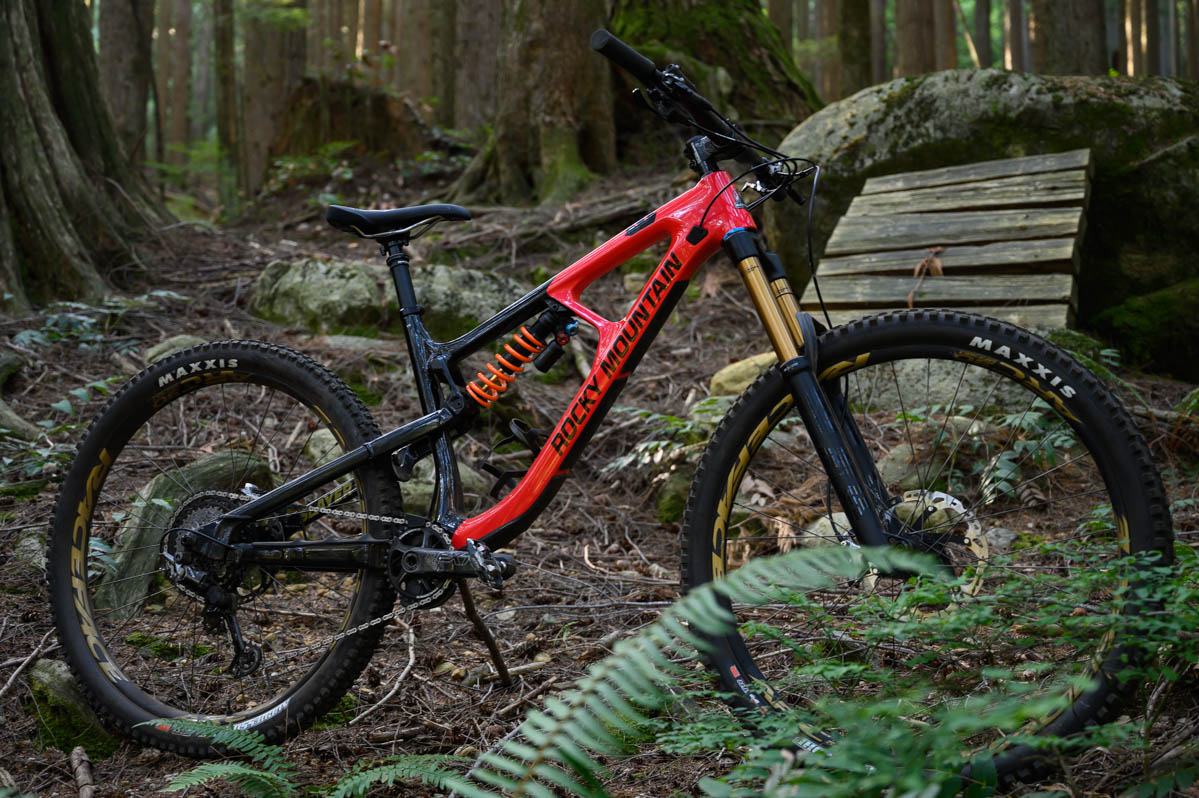
Now available in either 27.5” with 180mm of front and rear wheel travel, or a 29” with 170mm of travel front and rear, the new Slayer is(you guessed it) lower, longer and slacker than the previous version. And, once you’ve told all your riding buddies why your wheel choice should really be the only choice, you can then tell them why your decision between Smoothwall carbon and 7005 series aluminum Slayer makes you a superior being, too. To add to the options, geometry can be fine-tuned with Rocky Mountain’s RIDE-4 chip-style system, offering approximately one degree of adjustment in the head tube and seat tube angles, and 16mm of bottom bracket drop adjustment(12mm for the 27.5” version). Reach, stack height, rear-center length, wheelbase, standover height, and effective top tube all get various adjustments in these adjustments, too. In “Position 3 neutral,” its head tube angle is 64.5 degrees, with a 76.5-degree seat tube angle, 441mm chainstays, and a size Large’s reach measures 475mm. 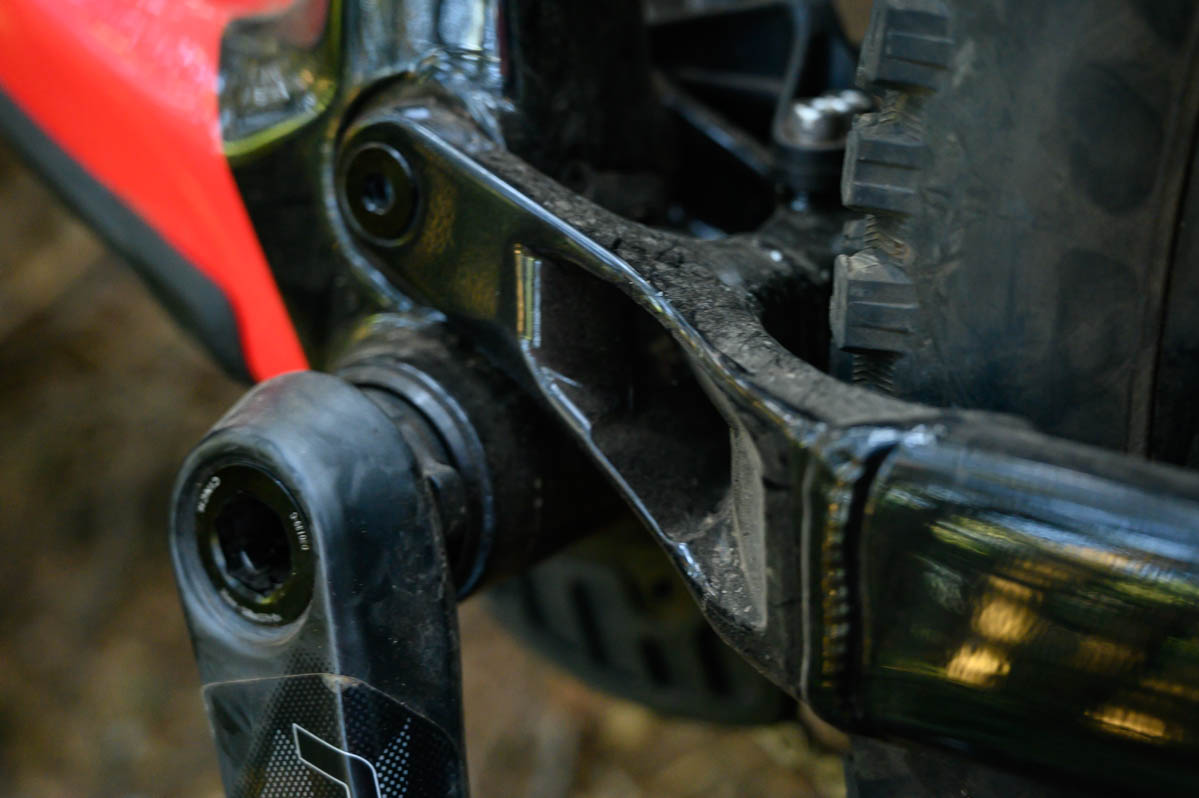
The Slayer also sees a stiffer frame from the previous rendition, by way of the new shock mount that splits the front triangle, along with thicker carbon walls. With Rocky Mountain stating light weight was not a target on this project, it’s a safe bet that the alloy version is equally stout in its front triangle, too. Both material options come with the same alloy rear end, which is claimed to be more durable than a carbon version, and help keep the price down too. 2.6″ is the max tire width for all frame options, and there’s room for a large bottle in all sizes but small, which does have enough room for a small bottle. Including removable shuttle pads on the downtube, Maxxis DoubleDown rubber, and heavy-duty tubes, claimed weight is 33lbs for the $8000 carbon 90 version. Weight wasn’t available for the $3300 Alloy 30, the least expensive complete Slayer available. Sizing is S-XL for 27.5 versions, and M-XL for 29er versions.
Included in the long list of improvements over its predecessor are updated cable routing, larger and doubled-up sealed bearings hidden from muck in the blind pivots, and two internal brake housing routes — one for moto/UK setups, and one for traditional right-rear brake setup. Rear shocks are tuned via spring rates, along with a lighter rebound tune on small and medium sizing. 
In a bike launch like no other, Rocky Mountain gathered a few media types to join Simmons and factory rider, Thomas Vanderham, in their BC backyard to showcase what the new Slayer was capable of in the right hands. The funny thing was, most of us were so comfortable on the new Slayer that instead of just watching the pros ride lines in awe, we dropped in after them. It was one of the rowdiest media-related rides I’ve ever been on, as we dropped into some truly steep and deep rock slabs, relentless rooty chunder, loam riddled with giant wheel-grabbing holes, and a few drops thrown in for good measure. There were admittedly a few sections many of us – myself included – didn’t try, but more often than not, we dove right in to some proper North Shore gnar. 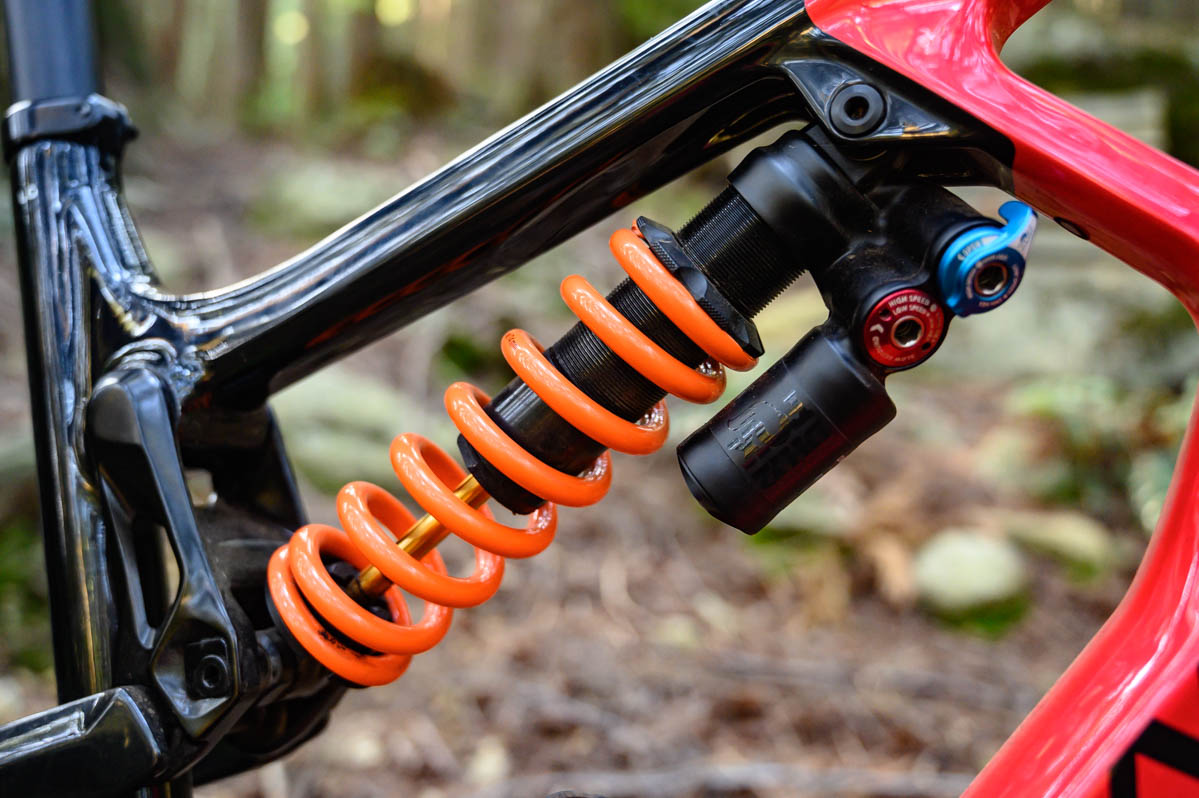
Opting for the 29er version in size Large, I found myself going from pavement to dark, dank, whooped-out black diamond trail that instantly blew up a rider’s derailleur and wheel in front of me within the first 100-ft. It only took one awkward turn before remembering to properly leaning into the 170mm travel Fox 36, and consequently finding speed and stability on the new-to-me trail. A couple of direct hits into big roots and a rock slowed forward momentum initially, until realizing how easily the Slayer was willing to have its front end unweighted. From wheelie drops to simply skimming the front wheel over the tops of roots/rocks/holes, the front end felt almost as nimble as that of a little dirt jumper. And the coiled rear-end simply tracked seamlessly behind wherever the front wheel was aimed. Lap after lap, I found myself amazed at what the bike was floating right over, and to clarify, riding long-travel bikes is my normal. Tricky off-camber root sections, wheel-grabbing rock crevasses, and the like just turned into a blur beneath the new Slayer. All things considered, there probably hasn’t been another time where I was thrown into such challenging trail on such an unfamiliar bike, and ended up almost instantly finding harmony with it. 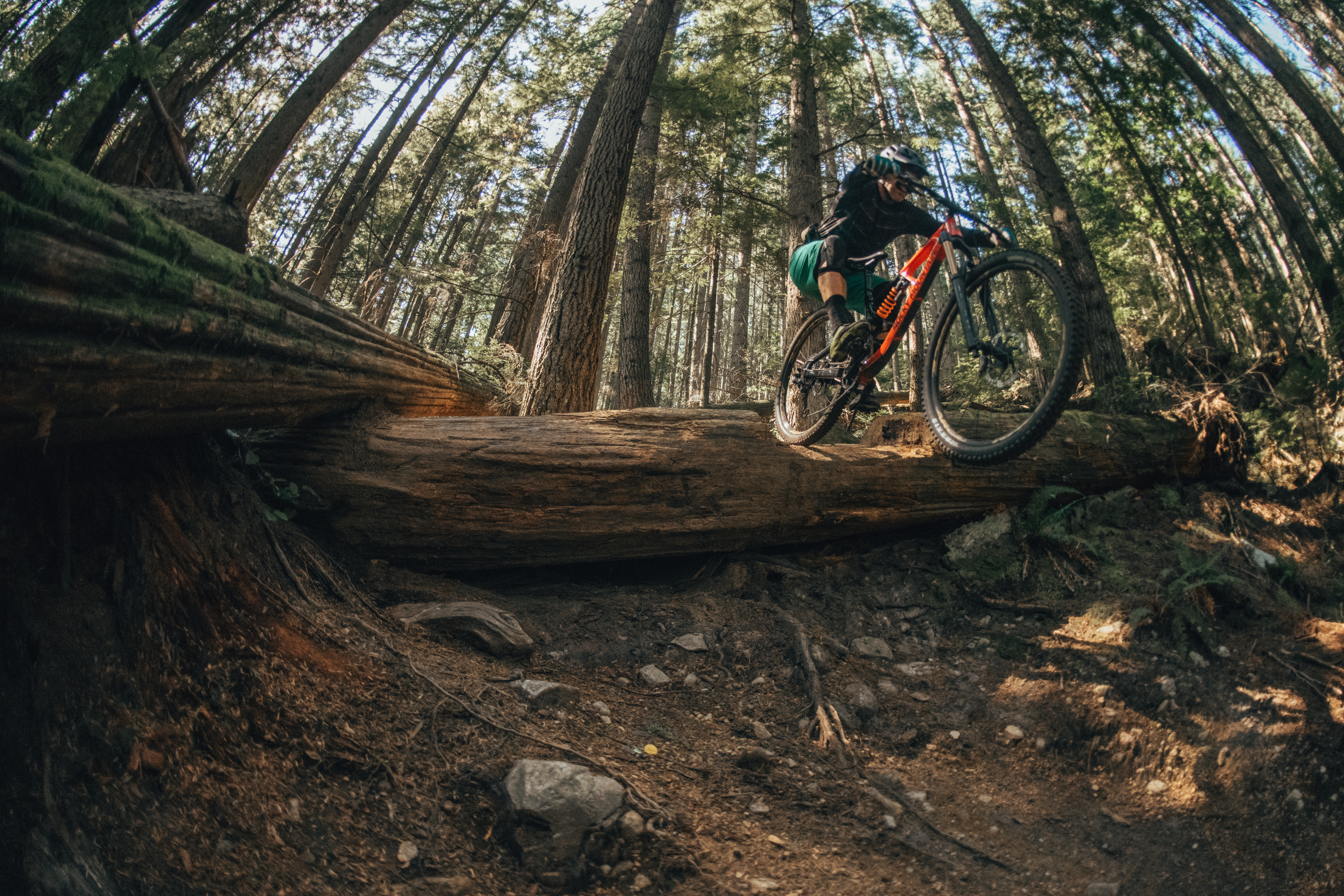
We pedaled up a few long road sections, and up a few little trail sections, too, but were mostly being shuttled over our two days of riding the North Shore. On a handful of singletrack uphills, including a few steep, techy sections that looked like they’d need to be walked up, the Slayer was surprisingly nimble and manageable, and I made it to the top without issue. Longer climbs on pavement and gravel were more akin to what one would expect from a bike like this, and even flipping the DHX2 to Pedal mode left a noticeable bob while seated. Granted, it may have been due to a shock spring that was a bit soft for my weight, along with being on a slightly smaller frame than optimum, but chances are there’s no getting around that a 170mm travel bike with a coil shock and 64-degree head tube might not climb as well as the average trail bike. The internal question, then, was if it’d be a deal-breaker while bouncing up these few climbs. Though underwhelming in the department of forward propulsion on smooth surfaces, it seemed of little concern for a bike so otherwise capable and spot-on for its intended use. For those who might look at the Slayer as an enduro rig, or to simply spend a lot of time climbing roads to get to the goods, it may take some shock tuning to cater to a friendlier pedal platform.
Overall, Rocky Mountain’s new Slayer is exactly that: a trail slayer, at least for those willing and able to wield it in the right terrain. While surprisingly mild-mannered in the very few mellow sections of trail we rode, it’s not built for trails or riders with elevator music soundtracks by any stretch of the imagination. Time will tell as to whether or not the changes Rocky Mountain made to the Slayer will improve durability, and if there’s a way to improve the minor pedaling annoyance without taking away its descending prowess. But, after two days of riding it, the Slayer is a new favorite for steep, rough, and truly challenging riding. 